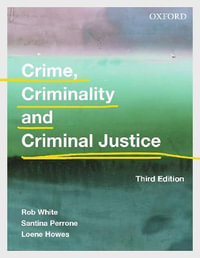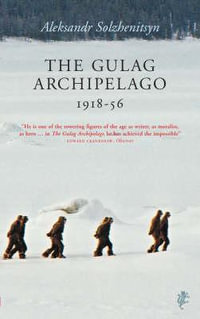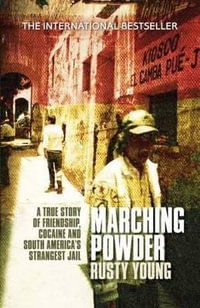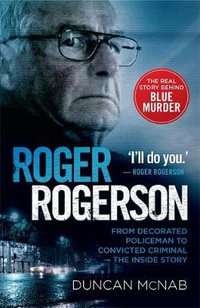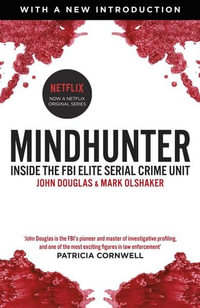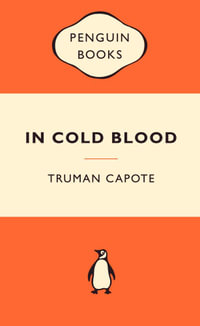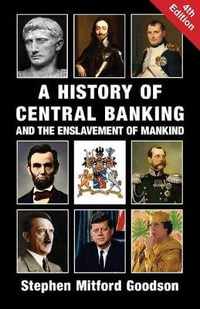Foreword by Francis T. Cullen
Preface
List of Contributors
Section I: Introduction
Chapter 1: Developmental and Life-course Criminology
Lila Kazemian, David P. Farrington, and Alex R. Piquero
Section II: The Development of Offending
Chapter 2: Age and Crime
Chester L. Britt
Chapter 3: Age of Onset and Offending Behavior
Elaine Eggleston Doherty and Sarah Bacon
Chapter 4: Specialization and Versatility in Offending
Paul Mazerolle and Samara McPhedran
Chapter 5: Acceleration, Deceleration, Escalation, and De-escalation
Wesley G. Jennings and Bryanna Hahn Fox
Chapter 6: Persistence and Desistance
Siyu Liu and Shawn D. Bushway
Chapter 7: Trajectories of Criminal Behavior across the Life Course
Julien Morizot
Chapter 8: Co-offending
Sarah B. van Mastrigt and Peter Carrington
Section III: Developmental and Life-course Theories
Chapter 9: The Developmental Taxonomy
Tara Renae McGee and Terrie E. Moffitt
Chapter 10: Developmental Pathways to Conduct Problems and Serious Forms of Delinquency
Rolf Loeber
Chapter 11: The Integrated Cognitive Antisocial Potential (ICAP) Theory: New Empirical Tests
David P. Farrington and Tara Renae McGee
Chapter 12: The Interconnected Development of Personal Controls and Antisocial Behavior
Marc Le Blanc
Chapter 13: The Social Development Model
Christopher Cambron, Richard F. Catalano, and J. David Hawkins
Chapter 14: Interactional Theory
Terence P. Thornberry and Marvin D. Krohn
Chapter 15: The Dynamics of Change: Criminogenic Interactions and Life Course Patterns in Crime
Per-Olof H. Wikstrom and Kyle Treiber
Chapter 16: The Age-graded Theory of Informal Social Control
John H. Laub, Zachary R. Rowan, and Robert J. Sampson
Section IV: Developmental Correlates and Risk/Protective Factors
Chapter 17: Biosocial Influences on Offending across the Life Course
Olivia Choy, Jill Portnoy, Adrian Raine, Rheanna J. Remmel, Robert Schug, Catherine Tuvblad, and Yaling Yang
Chapter 18: Personality and Other Individual Influences on Offending
Darrick Jolliffe and David P. Farrington
Chapter 19: Family Influences on Youth Offending
Abigail A. Fagan and Kristen M. Benedini
Chapter 20: Peer Influences on Offending
Christopher J. Sullivan, Kristina K. Childs, and Shaun Gann
Chapter 21: Schools and the Pathway to Crime
Debra J. Pepler
Chapter 22: Developmental Influences of Substance Use on Criminal Offending
Helene Raskin White
Section V: Life Transitions and Turning Points
Chapter 23: The Impact of Changes in Family Situations on Persistence and Desistance from Crime
Delphine Theobald, David P. Farrington, and Alex R. Piquero
Chapter 24: Employment, Crime, and the Life Course
Jukka Savolainen, Mikko Aaltonen, and Torbjorn Skardhamar
Chapter 25: The Effects of Neighborhood Context and Residential Mobility on Criminal Persistence and Desistance
David S. Kirk
Chapter 26: Religion and the Military
Leana A. Bouffard and Haerim Jin
Chapter 27: The Effects of Juvenile System Processing on Subsequent Delinquency Outcomes
Anthony Petrosino, Carolyn Petrosino, Sarah Guckenburg, Jenna Terrell, Trevor A. Fronius, and Kyungseok Choo
Chapter 28: Effects of incarceration
Lila Kazemian and Allyson Walker
Chapter 29: Desistance and Cognitive Transformations
Sarah Anderson and Fergus McNeill
Chapter 30: Developmental and Life-course Findings on Women and Girls
Lisa M. Broidy and Carleen M. Thompson
Section VI. Developmental Interventions
Chapter 31: Family-based Programs for Preventing Delinquency and Later Offending
Brandon C. Welsh and Steven N. Zane
Chapter 32: Developmental Preschool and School Programs against Violence and Offending
Izabela Zych and David P. Farrington
Chapter 33: Cognitive-behavioral Treatment to Prevent Offending and to Rehabilitate Offenders
Georgia Zara
Chapter 34: Cost-benefit Analysis of Developmental Prevention
Jobina Li and Cameron McIntosh
Section VII. Conclusions
Chapter 35: Conclusions and Implications for Developmental and Life-Course Criminology
David P. Farrington, Lila Kazemian, and Alex R. Piquero



